Text
The Transgender Scientists That Changed the World of Science.
As this week is Transgender Week of Awareness (12th - 19th November) I felt it was a good time to bring awareness to some of the more well-known transgender scientists that changed science. Trans people have always been apart of scientific discovery but like most minorities within STEM have struggled to gain recognition for their contributions.

Alan Hart (1890–1962) | Epidemiology

A Yale-trained epidemiologist, radiologist and physician, Hart one of the first trans men in the US to undergo a hysterectomy and live openly as a man, taking testosterone treatments when they became available after World War II. Hart also become a prominent figure in the fight against tuberculosis, which at the time was the leading cause of death in Europe and the US. He graduated with a medical degree in 1912 and later in 1928 received a master’s degree in radiology. He eventually became an expert on tubercular radiology and published several articles on X-ray medicine and its use in the detection of tuberculosis and went on to gain another master’s degree in public health in 1948.
Hart then served as the director of hospitalization and rehabilitation at the Connecticut State Tuberculosis Commission and continued to dedicate his professional life to tuberculosis research.
Ben Barres (1954 - 2017) | Neuroscience

Barres was the first openly transgender scientist in the National Academy of Sciences in 2013 and talked openly about his experience of sexism pre-transition and advocated for better gender equality within science. Barres research focused on the interaction between neurons and glial cells in the nervous system. Barres showed that the gila, which at the time were often dismissed by neurologists as simple the support structure for the brain, had important functions in helping neurons to mature and producing connections between memory and learning functions. This discovery revolutionised neruobiologists understanding of the brain.
Barres also went on to mentor many young scientists and repeatedly spoke about the systemic barriers and biases that kept marginalised groups such as women, poc and LGBT people, from succeeding or furthering their careers and research within science.
Sophie Wilson | Computer Science

Sophie Wilson is a British computer scientist who is known for designing the Acorn Micro-Computer, the first computer sold by Acorn Computers. She also designed the instruction set of ARM processor which is used in 21st-century smartphones and is considered one of the most important woman in tech history.
Lynn Ann Conway | Computer Science

A pioneer of a number of technological advancements and inventions, Conway is an American computer scientist, electrical engineer and inventor. She first worked at IMB in the 1960′s designing a super computer and is credited with the invention of generalised dynamic instruction handling, now used by modern computer processors in order to improve performance. She was fired after she revealed her intention to transition and was denied access to her children.
After she transitioned she restarted her career and authored the Mead & Conway revolution in VLSI design, that was considered groundbreaking work that quickly become a standard textbook in chip design.
Joan Roughgarden | Biology

known for her critical studies on Charles Darwin’s theory of sexual selection and LGBT biology, Roughgarden is an American ecologist and evolutionary biologist, having published over 180 scientific articles and books. Roughgarden has carried out ecological studies on barnacles, Caribbean lizards but is most known for her published book critiquing Darwin’s sexual selection theory based on the fact it fails to answer and consider animals which do not follow traditional sex roles of intrasexual and intersexual selection. She was met with bitter and vitrioli criticism from other scientists for publishing such views, to which she was not surprised.
Roughgarden went on to publish a second book further pointing out over 26 phenomena which the current sexual-selection theory does not explain, and instead suggests the social-selection theory. She continues to make analytical studies that social selection is a more credible explanation.
Honorable mentions to these transgender scientists:
Audrey Tang
Angela Clayton
Kate Craig-Wood
Mary Ann Horton
Christa Muth
And to all the unseen and unnamed transgender scientists.
23K notes
·
View notes
Text
Just as the phrase “what the entire fuck” implies the existence of fractional fucks, the phrase “what the absolute fuck” implies the existence of both positive and negative fucks (or else there would be no need for an absolute value operation). Taken together with the phrase “what the actual fuck” (which implies the existence of imaginary fucks), we may thus conclude that fuckery is isomorphic with the complex field.
82K notes
·
View notes
Text
Tic Tac Toe Boards

Mathematicians and puzzle enthusiasts have extended TTT to larger boards, higher dimensions and strange playing surfaces such as torus (doughnut shape like in the image) or Klein bottle (a surface with just one side).
167 notes
·
View notes
Text
Let’s Talk About Slope, Baby!
Let’s talk about slopes, baby!
I thought I’d make a post to try and demystify the limit definition of a derivative. I feel like it’s often thrown at students with little concept of what it actually means and represents. A quick warning that this is targeted for calculus students, so some knowledge of calculus will be helpful. Also. I want to start by apologizing for how this probably looks on mobile! If anyone knows a better way of translating LaTeX into HTML, please let me know.
So let's get into it! First, let’s review the notion of slope from grade school. Y'know...what you probably remember as "rise over run" or the "m" in y=mx+b? In case you don't recall, given a line, the slope of the line is the ratio of the vertical change to the horizontal change of any two points on that line. So to find the slope, we take two points on our line,

and simply calculate:

But what if our points lie on some curve (like a parabola), instead of on a line? In Calculus, we wish to study rates of change. And slopes help us with that!
So let's see what happens when we use our basic slope formula, except now our y-values are taken from points on some curve we'll call f(x). Our slope formula becomes:

You may recognize this as the formula for average rate of change! Okay, but what does this have to do with derivatives you may ask? Well, rather than measure average rates of change, derivatives measure instantaneous rates of change. Put another way, derivatives measure the rate of change from a point to itself. Now let's see what happens if we try to do this directly. Notice if we try and compute

we quickly run into an issue! As written, our formula is undefined since we have 0 in the denominator. And we all know how catastrophic trying to divide by zero can be. Ok, so let's try another method. Let

In other words, we are picking a point and another point h units away from it. Now our equation becomes

Notice we are getting closer to our limit definition of a derivative! It may not be immediately clear why this substitution makes sense. All we seemed to have done is introduce a new variable! Remember, that variable, h, represents the distance from our chosen point. And to measure the instantaneous rate of change (again, the change when going from a point to itself), we need that distance to go to 0. Obviously, we still can't just "plug in" 0, as we will be in the same boat we were before. However, this extra variable, allows us to invoke the magic of limits!
Simply put, limits allow us to observe the behavior of a function as it "approaches" a given value, even if our function is undefined at that value! In our case, we need to know what happens to our above formula as h approaches 0 (that is, the distance away from our point becomes 0). Thus, we finally come to the limit definition of a derivative that we all know and love:

To summarize, we have just derived the limit definition of a derivative using slopes and average rates of change! That's pretty cool!
As a final visual, let's use our work to observe the connection between secant lines and tangent lines. Recall, a secant line is the line that passes between two points on a curve. And a tangent line is a line that just touches the curve at a single point. From calculus, we learn that the slope of a secant line is the average rate of change between the two points, while the slope of a tangent line is the derivative of the curve at that point. With what we just learned, we can now say that a tangent line is simply a secant line through a point and itself (or as Leibniz says, through a pair of infinitely close points).
The below graph shows just what happens when we take a secant line and bring one of the points closer and closer to the other.
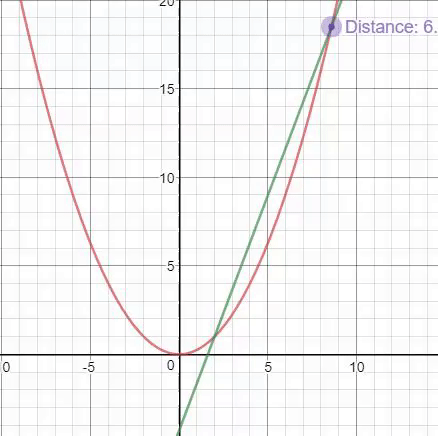
Here's a link to Desmos for a more interactive version of this animation.
I know this was long, but I hope it was helpful and shows that the limit definition of a derivative isn't just an arbitrary and tedious calculation we use to torture calculus students. Well...maybe it is a little....
As always, HAPPY MATHING from The Math Witch!
3 notes
·
View notes
Text
As a female in STEM, I'd love to add a couple of things.
1) It is important to remember that many programs encouraging women and girls to persue STEM fields came about largely because society seems to think of STEM fields as "men's work". This leads many girls to feel like STEM isn't for them, or that they aren't as good at STEM simply for being female. I feel like these programs, when done right, are so so important.
2) That said, we definitely need to be self critical here! The issue this post addresses is absolutely valid. There seems to be a general vibe, in all of STEM really, that STEM fields are somehow superior. We need to be wary of this attitude when speaking to girls about STEM. Encouragement and guidance are good. We can be encouraged in ways that help us grow, and explore new things. Sometimes we need a little push to help us step out of our comfort zones! However, encouraging girls and telling them it's okay to explore STEM fields, and offering them guidance on how to do so should not come with an insane amount of pressure to do so or with an attitude that ANYONE is inferior for not wanting to persue a STEM field.
3) Nobody should be pressured to study a certain field, including STEM! And while education is important and should absolutely be encouraged, nobody should be badgered into going to college! Academia is HARD in any field and not everyone wants to or is able to, for one reason or another, go for higher education. And, I know that much of society measures success in terms of your education, hireability, job, and the size of your bank account. But there are so many other ways to measure success. So don't let anyone make you feel less than for not being college or in STEM!
Nothing makes me more upset than seeing one of my students or fellow classmates struggle because they are not happy being in college or they are in a major they felt pressured into and they hate it.
TLDR: Encouragement in STEM, guidance, and a push in the right direction: Good. Pressure to persue STEM: Bad. Elitist attitudes in college and especially STEM are also bad, mmkay.
Unpopular Opinion #1
So like I hate that women are so pressured in to choosing STEM subjects these days. So many programs are dedicated to steering girls to STEM and that’s great and all but we’ve created a culture that has made it harder for women and girls to study humanities for fear that it’s not good enough. I don’t mean to speak for anyone else but at least for me, I realized through out my high schools years that my love for science and mathematics was little more than an infatuation with being in the “smarter classes” and had much less to do with what I was really interested in. I discovered about half way through sophomore year that I wanted to study law, in particular international relations and philosophy. Once I started to gear my class schedule towards these subjects and to join clubs that better helped me understand these fields, my math and science teachers began telling me how disappointed they were because I was giving up on a “real” career and that it was terrible for me to waste my potential in the better subjects for something I really loved. This isn’t to say that girls shouldn’t be encouraged to try STEM subjects but we’ve begun making a society that believes that no one with a real career has a career in the social sciences or in humanities and to me, it’s absolutely disgusting. We shouldn’t teach young men and women to stear away from their real passions becuase the only real fields of study are in STEM.
2K notes
·
View notes
Photo
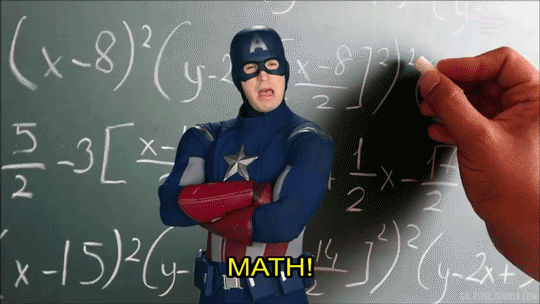
I can’t be the only one who desperately needed this in reaction gif form
544 notes
·
View notes
Photo
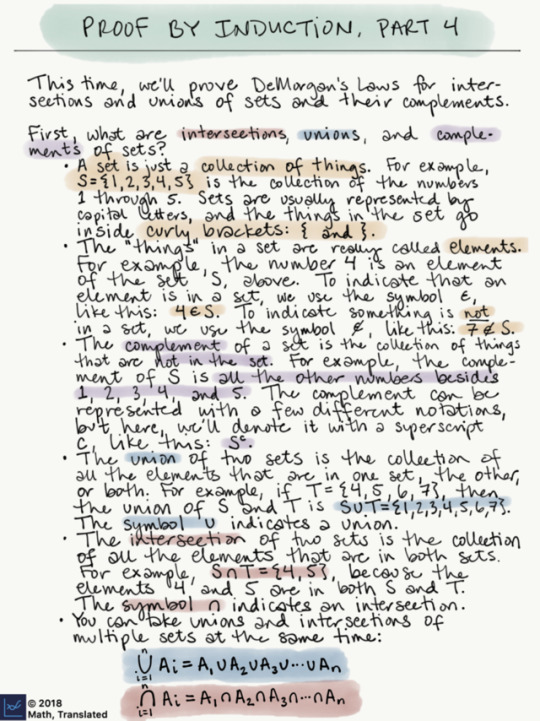


Last of the series on proof by induction! This one is fairly advanced. If you’re a bit confused, don’t worry. Set theory is usually university-level material (in America at least… I know in other countries they do actually teach set theory in high school).
Followers: What topic would you like to see next? I’d like to start a backlog. Let me know!
185 notes
·
View notes
Text
Someone asked my maths professor why numbers exist and she said “One day, for whatever reason, someone decided they wanted to count things and it’s been a major inconvenience for everybody ever since.”
141K notes
·
View notes
Photo
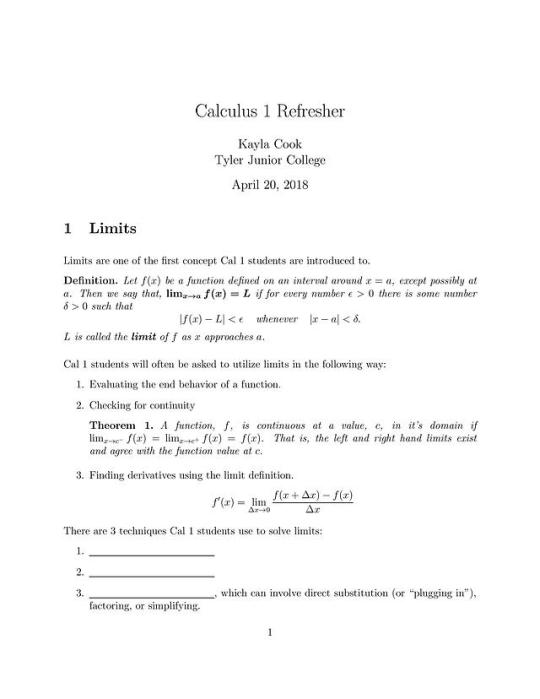
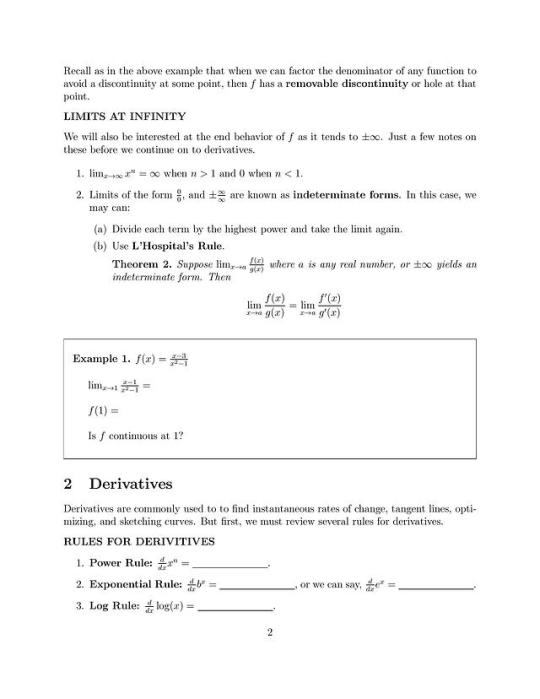


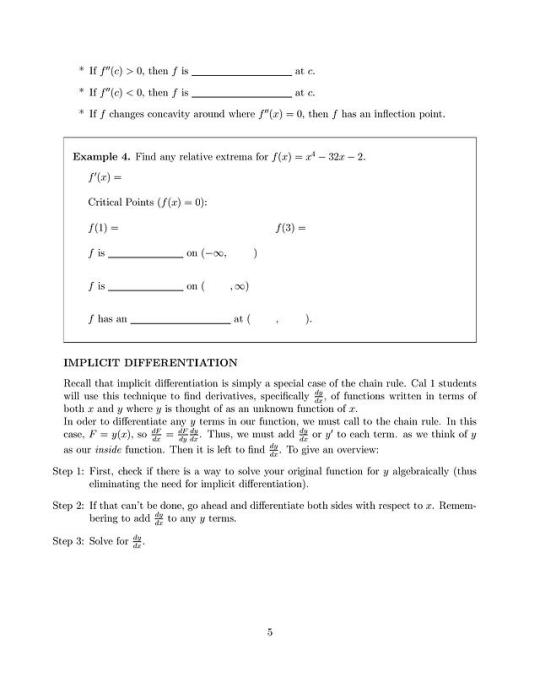
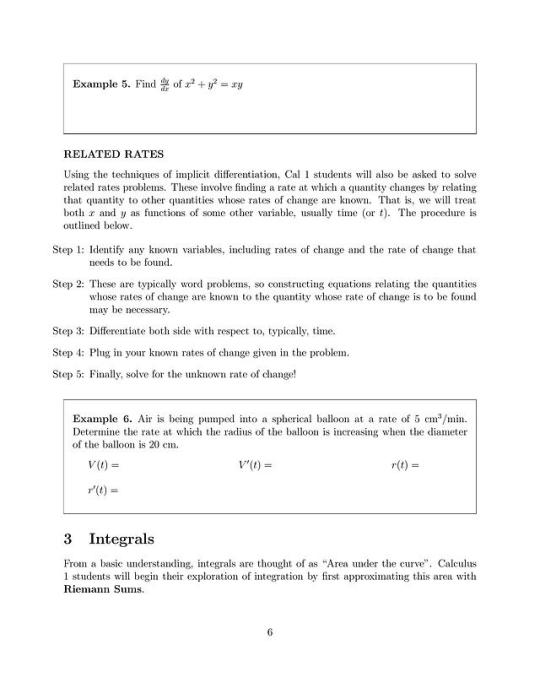
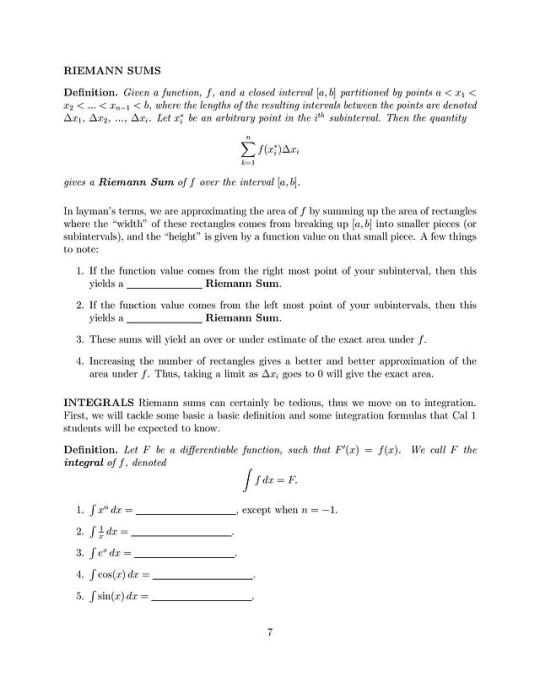

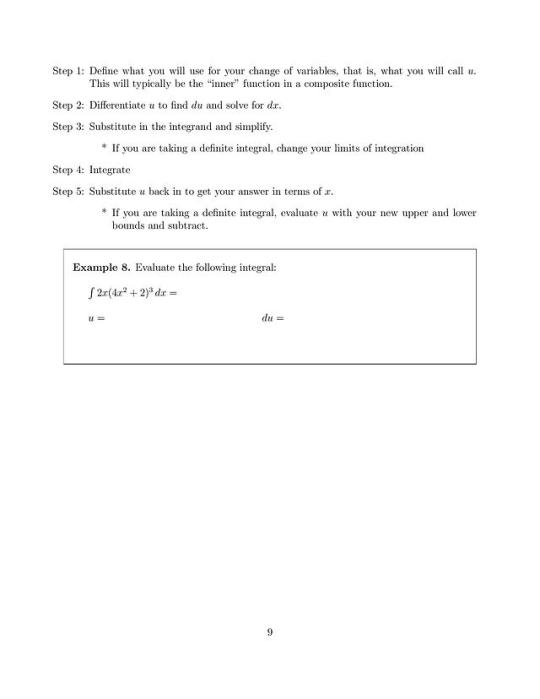
Calculus One Refresher Worksheet! Worksheets by Kayla's Math Tutoring Services @themathwitch Message me for a full PDF version!
3 notes
·
View notes
Photo

Sigh...*picks abstract algebra notes back up*
6 notes
·
View notes
Photo
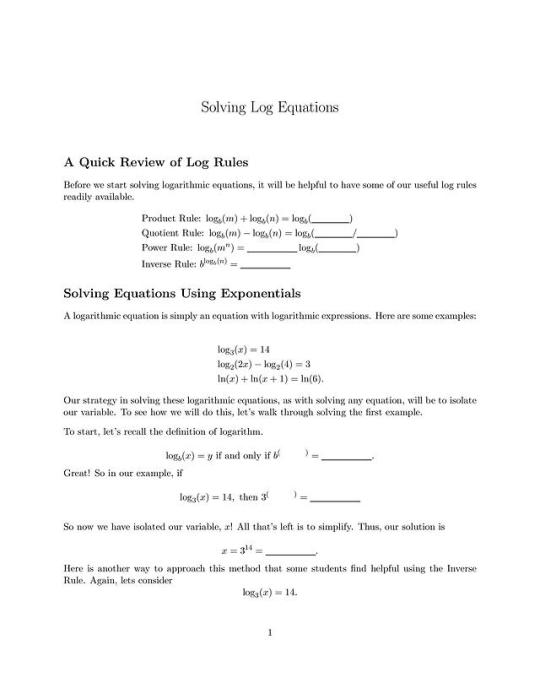

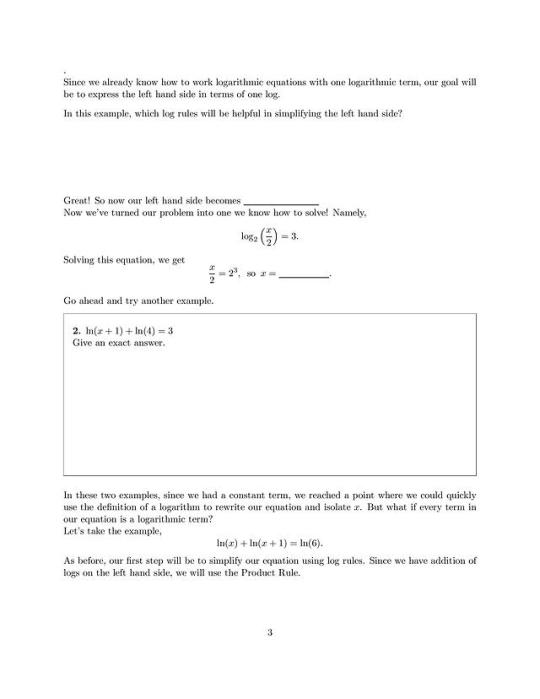
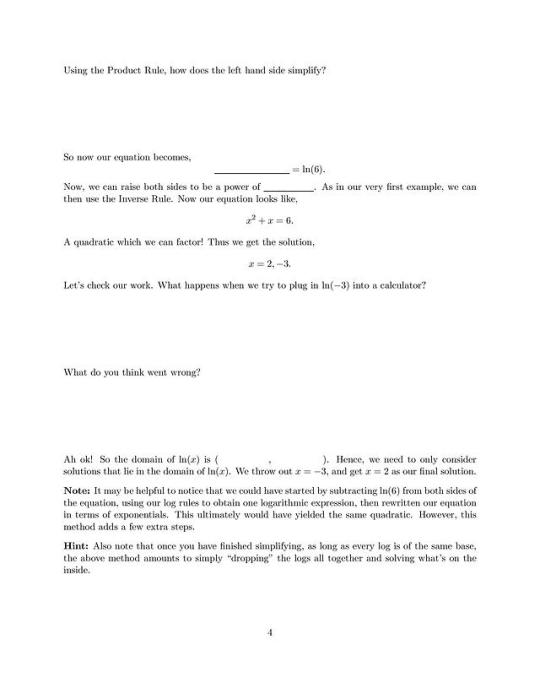
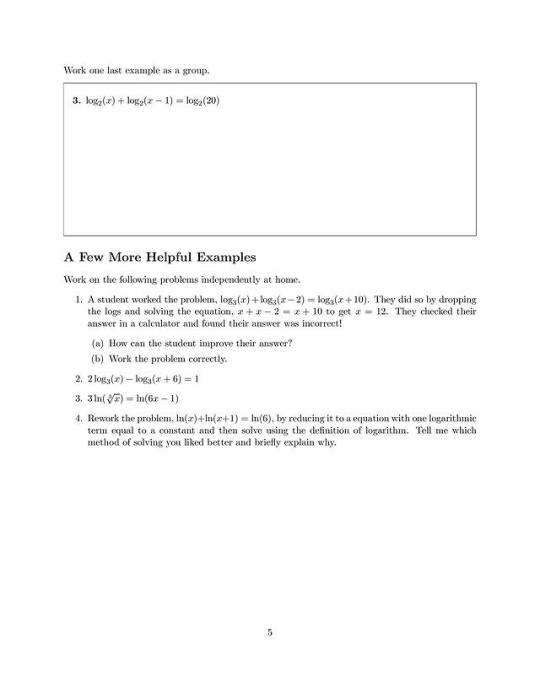
Worksheet by Kayla's Math Tutoring Services Insta @ themathwitch
1 note
·
View note
Photo

Differential Topology Fun
8 notes
·
View notes
Photo
Follow me on insta!!!!
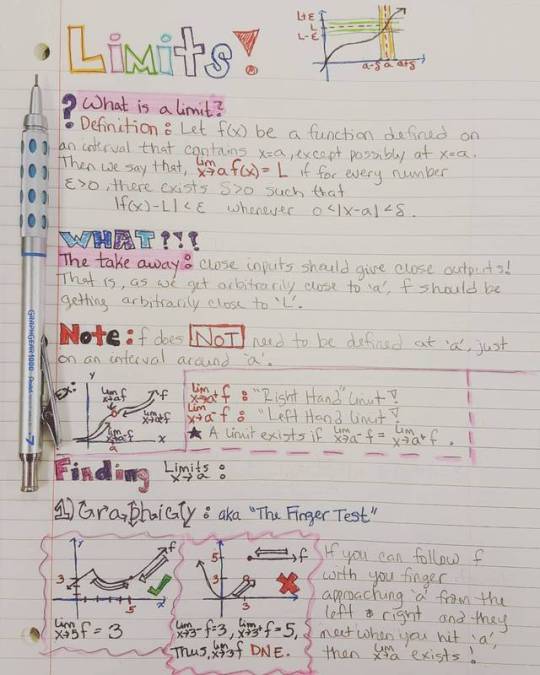
3 notes
·
View notes
Text
What is Group Theory?

In math, a group is a particular collection of elements. That might be a set of integers, the face of a Rubik’s cube–which we’ll simplify to a 2x2 square for now– or anything, so long as they follow 4 specific rules, or axioms.

Axiom 1: All group operations must be closed, or restricted, to only group elements. So in our square, for any operation you do—like turn it one way or the other—you’ll still wind up with an element of the group. Or for integers, if we add 3 and 2, that gives us 1—4 and 5 aren’t members of the group, so we roll around back to 0, similar to how 2 hours past 11 is 1 o’clock.

Axiom 2: If we regroup the order of the elements in an operation, we get the same result. In other words, if we turn our square right two times, then right once, that’s the same as once, then twice. Or for numbers, 1 + 2 is the same as 2 + 1.

Axiom 3: For every operation, there’s an element of our ground called the identity. When we apply it to any other element in our group, we still get that element. So for both turning the square and adding integers, our identity here is 0. Not very exciting.

Axiom 4: Every group element has an element called its inverse, also in the group. When the two are brought together using group’s addition operation, they result in the identity element, 0. So they can be thought of as cancelling each other out. Here 3 and 1 are each other’s inverses, while 2 and 0 are their own worst enemies.

So that’s all well and good, but what’s the point of any of it? Well, when we get beyond these basic rules, some interesting properties emerge. For example, let’s expand our square back into a full-fledged Rubik’s cube. This is still a group that satisfies all of our axioms, though now with considerably more elements, and more operations—we can turn each row and column of each face.
Each position is called a permutation, and the more elements a group has, the more possible permutations there are. A Rubik’s cube has more than 43 quintillion permutations, so trying to solve it randomly isn’t going to work so well. However, using group theory we can analyze the cube and determine a sequence of permutations that will result in a solution. And, in fact, that’s exactly what most solvers do, even using a group theory notation indicating turns.
From the TED-Ed Lesson Group theory 101: How to play a Rubik’s Cube like a piano - Michael Staff
Animation by Shixie
4K notes
·
View notes
Photo
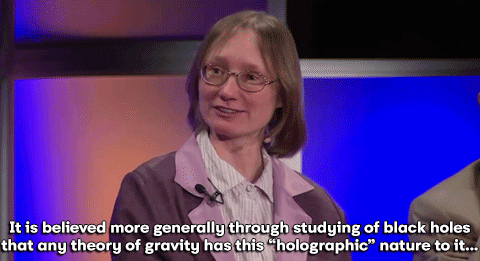





An audience member stopped World Science Festival host Jim Holt from speaking over physics professor Veronika Hubeny
follow @the-future-now
108K notes
·
View notes
Photo
I did some research on Lenstra's algorithm (used in cryptography) which utilizes these types of elliptic curves! Amazing stuff!
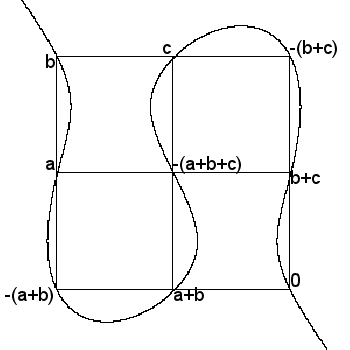
It is possible to define a consistent addition of points on certain kinds of curves (elliptic curves). This arithmetic plays an important role in modern mathematics. For instance, Wiles’ proof of Fermat’s last theorem is a consequence of the modularity theorem (once known as the Taniyama-Shimura-Weil conjecture), which gives a strong connection between elliptic curves and modular forms. Elliptic curves over finite fields also have cryptographic applications, or can be used for integer factorization.
726 notes
·
View notes
Text
The Complex Geometry of Islamic Design
In Islamic culture, geometry is everywhere. You can find it in mosques, madrasas, palaces and private homes. This tradition began in the 8th century CE during the early history of Islam, when craftsman took preexisting motifs from Roman and Persian cultures and developed them into new forms of visual expression.

This period of history was a golden age of Islamic culture, during which many achievements of previous civilizations were preserved and further developed, resulting in fundamental advancements in scientific study and mathematics. Accompanying this was an increasingly sophisticated use of abstraction and complex geometry in Islamic art, from intricate floral motifs adorning carpets and textiles, to patterns of tile work that seemed to repeat infinitely, inspiring wonder and contemplation of eternal order.

Despite the remarkable complexity of these designs, they can be created with just a compass to draw circles and a ruler to make lines within them, and from these simple tools emerges a kaleidoscope multiplicity of patterns. So how does that work? Well, everything starts with a circle. The first major decision is how will you divide it up? Most patterns split the circle into four, five or six equal sections. And each division gives rise to distinctive patterns.

There’s an easy way to determine whether any pattern is based on fourfold, fivefold, or sixfold symmetry. Most contain stars surrounded by petal shapes. Counting the number of rays on a starburst, or the number of petals around it, tells us what category the pattern falls into. A star with six rays, or surrounded by six petals, belongs in the sixfold category. One with eight petals is part of the fourfold category, and so on.

There’s another secret ingredient in these designs: an underlying grid. Invisible, but essential to every pattern, the grid helps determine the scale of the composition before work begins, keeps the pattern accurate, and facilitates the invention of incredible new patterns. Let’s look at an example of how these elements come together.

We’ll start with a circle within a square, and divide it into eight equal parts. We can then draw a pair of criss-crossing lines and overlay them with another two. These lines are called construction lines, and by choosing a set of their segments, we’ll form the basis of our repeating pattern.
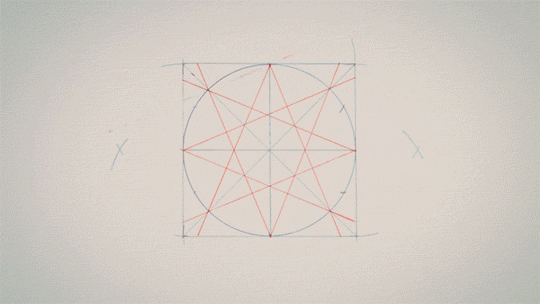
Many different designs are possible from the same construction lines just by picking different segments. And the full pattern finally emerges when we create a grid with many repetitions of this one tile in a process called tessellation.

By choosing a different set of construction lines, we might have created this any of the above patterns. The possibilities are virtually endless.

We can follow the same steps to create sixfold patterns by drawing construction lines over a circle divided into six parts, and then tessellating it, we can make something like the above.

Here’s another sixfold pattern that has appeared across the centuries and all over the Islamic world, including Marrakesh, Agra, Konya and the Alhambra.

Fourfold patterns fit in a square grid, and sixfold patterns in a hexagonal grid.

Fivefold patterns, however, are more challenging to tessellate because pentagons don’t neatly fill a surface, so instead of just creating a pattern in a pentagon, other shapes have to be added to make something that is repeatable, resulting in patterns that may seem confoundingly complex, but are still relatively simple to create.

This more than 1,000-year-old tradition has wielded basic geometry to produce works that are intricate, decorative and pleasing to the eye. And these craftsman prove just how much is possible with some artistic intuition, creativity, dedication along with a great compass and ruler.
41K notes
·
View notes